Contents
In this guide we see on what grounds perfumes are categorized and how that impacts how long lasting the perfume is and the cost of making it.
So, what influences the categorization of perfumes?
For starters, you will recall seeing (and even sometime struggling to pronounce) various labels on perfumes like Eau de Cologne, Eau de Toilette (EDT), Eau de parfum (EDP) and Parfum.
That’s there to it - the various categories of perfumes or types of perfumes.
But you ask, on what basis is this done.
For that, let’s get a little technical. So Perfume is a fragrant liquid comprised of aromatic essential oils, solvents, and fixatives. Think of Solvents and Fixative as supporting actors. And for the purpose of this guide, let’s talk about the main actor or the hero - the aromatic essential oil (also called aromatic compound). This blend of oil is what gives the perfume its fragrance.
The quantity of aromatic compounds, that is the concentration of fragrance in a perfume bottle is what defines the above category names (think about small and large pegs while drinking)
You don’t have to be Sherlock to figure out that the category that has the highest concentration of aromatic compounds will last the longest and will also be expensive. Now, some dim wit might associate that high concentration with a strong smell but that’s far from the truth. We can have a mild pleasing fragrance, but it will last long because of the higher amount put in the bottle.
Read on then, to know what’s the concentration of fragrance scent in each category and how long you can expect it to last throughout the day.
Parfum
Parfum, also known as extrait de parfum or pure perfume, has the highest fragrance concentration. Parfum will contain anywhere from 20% to 30%. Of all categories, Parfum is classified as the longest lasting category. One application can last anywhere between 6 to 9 hrs-a solid performance. ‘Parfum’ is often confused with ‘Perfumes’ which is colloquially used to denote ALL types. But you are wiser now. At Dopamine that’s the reason we call it ‘Parfum Extraordinaire’
Parfums generally are most expensive of the lot as fragrances are most expensive raw material of perfumes.
For the mathematically inclined, a 100 ml Parfum bottles will contain 20 to 30 ml of fragrance concentration and consecutively less alcohol, which is also good.
Eau de Parfum
After parfum, eau de parfum (EDP) has the next highest category in terms of fragrance concentration. Eau de parfum generally has a fragrance concentration of between 15% and 20%. EDP will last anywhere 4 to 6 hrs after one application.
Eau de Toilette
Eau de toilette (EDT) has a fragrance concentration of between 5% and 15%. It is cheaper than eau de parfum and is one of the most popular types of fragrance available. Naturally, since its less concentrated than even EDPs, they will last between 2 to 4 hrs after one application.
So why are so many bottles Eau de parfum and Eau de Toilette?
You must consider two factors the evolution of modern-day perfumes and the impact of weather on the longevity. It’s the Western countries that have truly evolved in terms of designing fragrances and most of them have harmonious climate - less heat and humidity both of which impact the how long and how well the fragrance stays on your skin.
With lifestyle and aspirations fast changing in counties like India which has a tropical climate, we will see more and more version of Parfums coming out. And it makes sense too.
Eau de Cologne
Eau de cologne has a far lower concentration of fragrance than the above types of perfume. Colognes generally has a 2% to 4% percent concentration of fragrance and a high concentration of alcohol. It won’t last more than two hours.
Eau Fraiche
Yes, there’s one more category - Eau fraiche. Eau fraiche has an even lower concentration of fragrance than Eau de cologne, normally only 1% to 3%. While Eau fraiche has a low fragrance concentration, it does not contain a high amount of alcohol. Along with the fragrance, the remainder of Eau fraiche is mostly water. Think of After Shaves





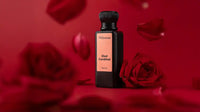

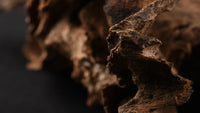




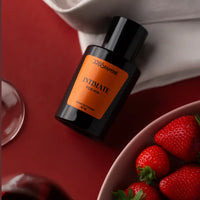
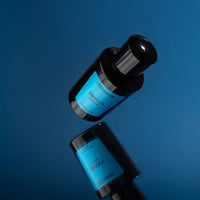
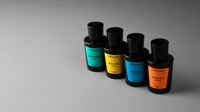

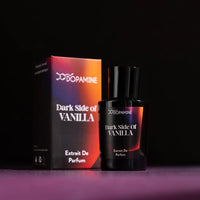


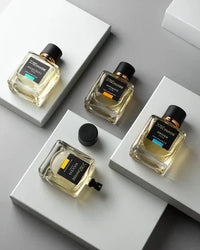
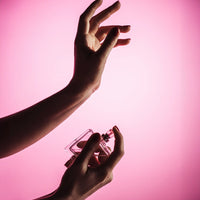
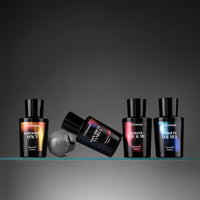

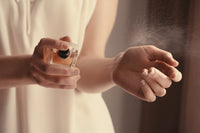


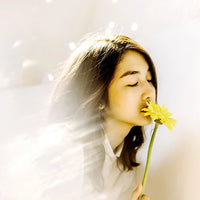
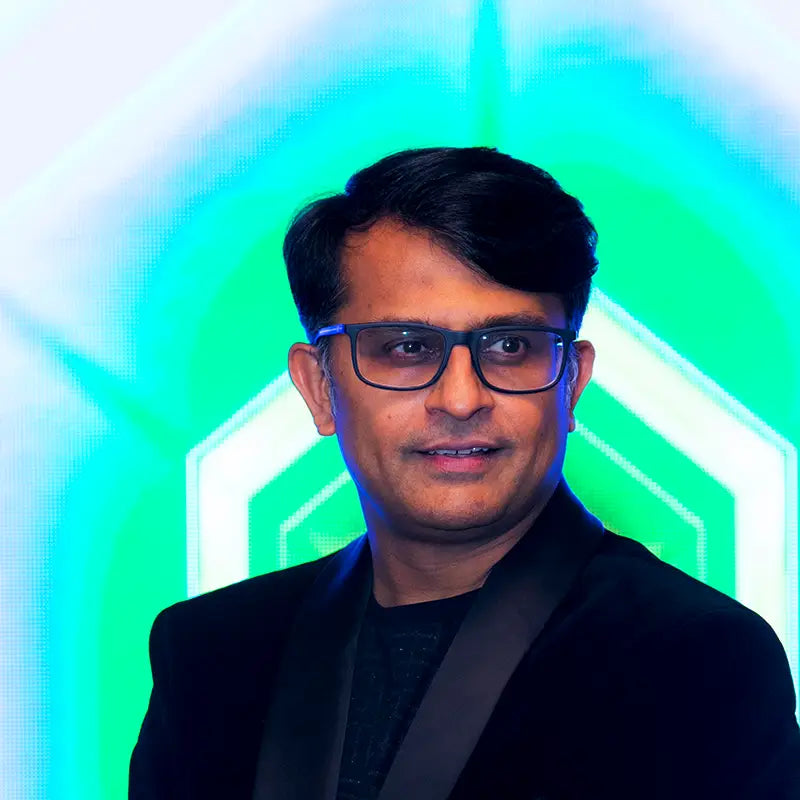
Leave a comment